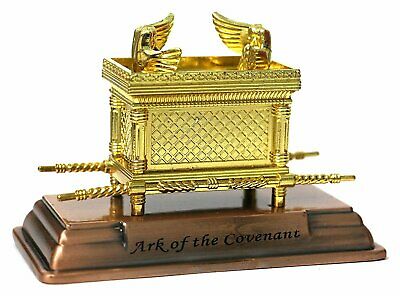-40%
1917 Poale Zion Yiddish Masquerade Ball Invitation Jewish Marxist New York City
$ 129.35
- Description
- Size Guide
Description
5.5 inches wide, 3.5 inches high. This cardboard card is for the 1st chapter/branch of the I.L. Peretz division of Poale Zion. It features some "American Yiddish" which is the transliteration of English words like "masquerade ball". It states: "Come see the Orient at the Oriental Masquerade of Poalei Zion on Saturday, December 15 (Shabbat Hanukkah) at the New Star Casino, 107th Street and Lexington Avenue". I've never heard of this hotel (and I live near that address), so I searched on Google and in the March 14, 1939 issue of the New York Times it has a large article how this hotel caught fire early that morning and was destroyed.On the reverse of this card is a version of an oath song for the movement and the Land of Israel in Yiddish. This card has no date but it corresponds to 1917, in which December 15th falls on a Saturday and it is Hanukkah. I would not be surprised if this is the sole surviving example of this piece of ephemera. From Wikipedia:
Poale Zion (also spelled Poalei Tziyon or Poaley Syjon, meaning "Workers of Zion") was a movement of Marxist–Zionist Jewish workers founded in various cities of Poland, Europe and the Russian Empire in about the turn of the 20th century after the Bund rejected Zionism in 1901. Poale Zion parties and organisations were started across the Jewish diaspora in the early 20th century. A branch of Poale Zion came into existence in New York City in 1903. In 1915 it was estimated they had fewer than 3,000 members.[30] After the First World War, the American party was led by veteran socialist Zionist thinker Nachman Syrkin.[28] In America, the right faction was dominant, and initiated the National Labor Committee for Palestine, raising money for the Histadrut.[7]









